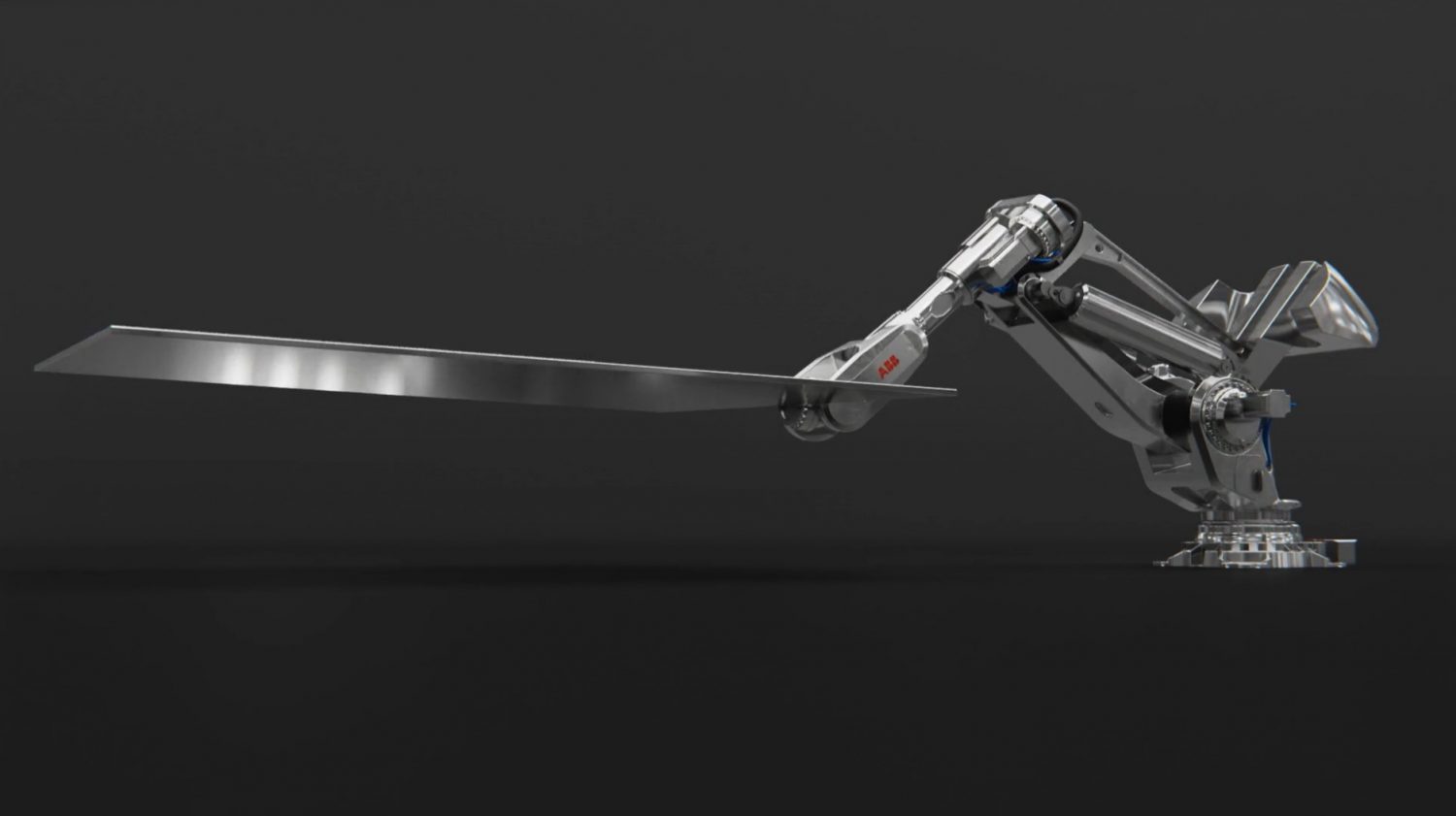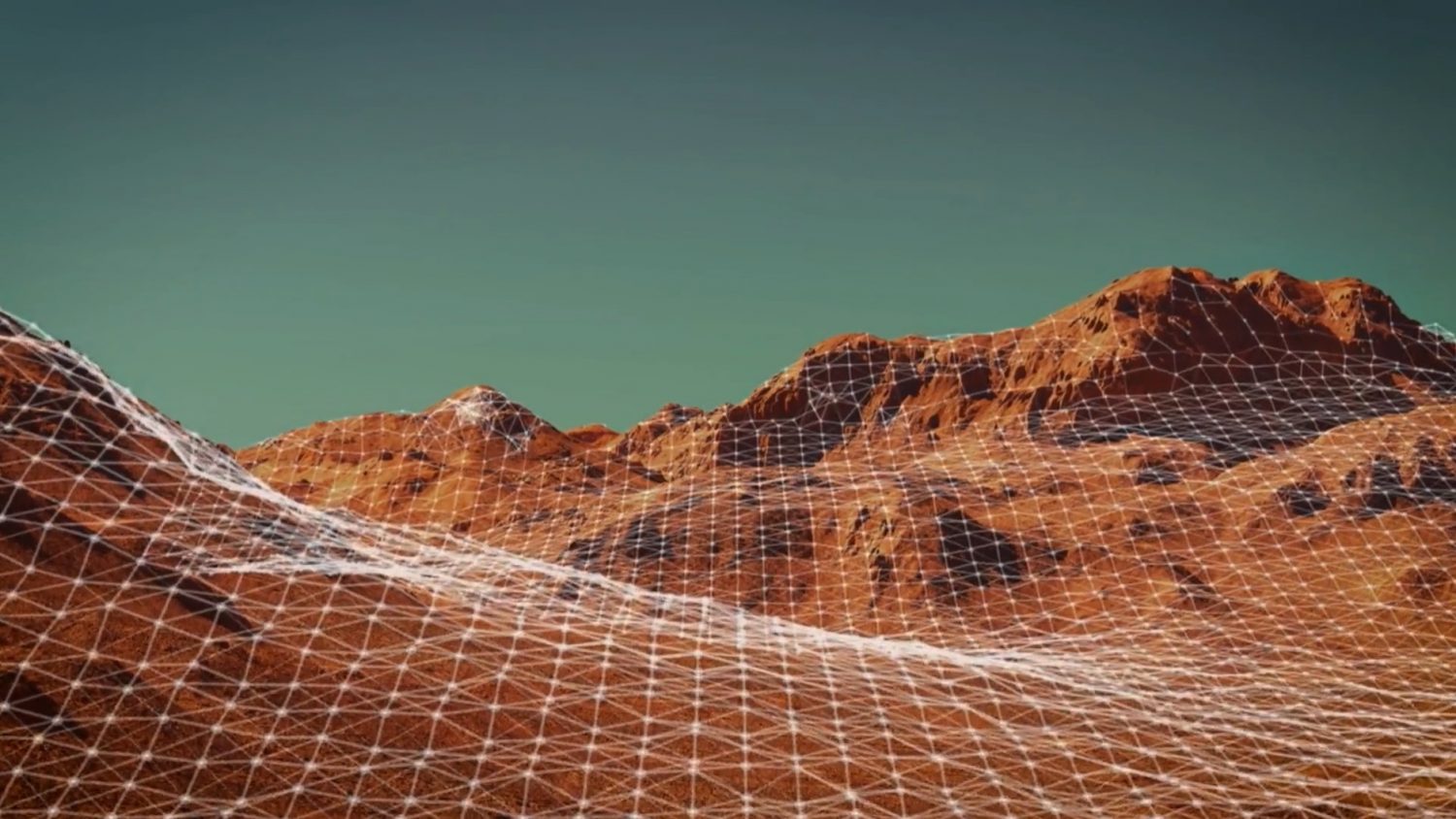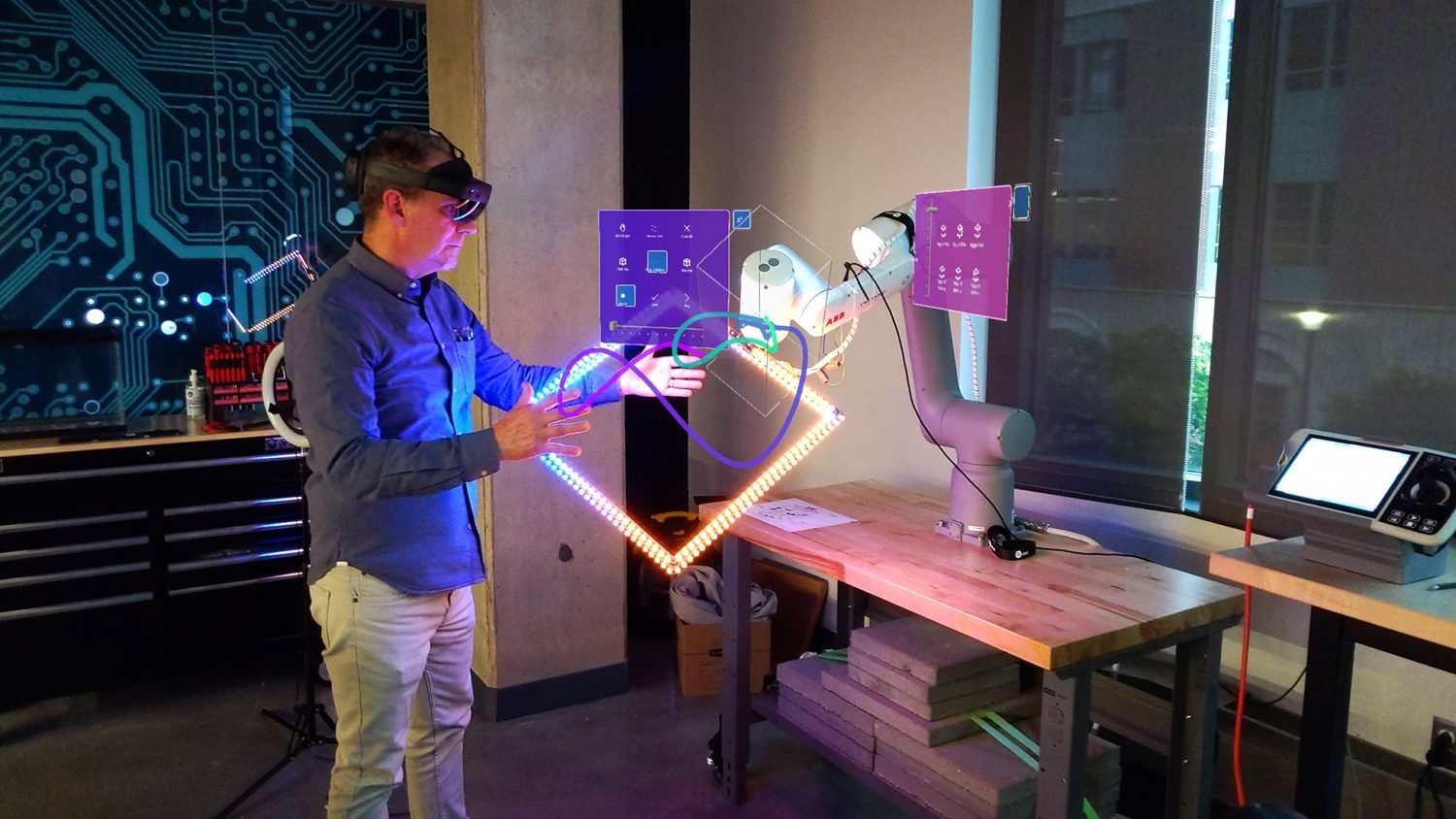
Imagine standing before the surface of Mars – not a simulation, not a scaled model, but Mars itself, fully realized on Earth.
This is the vision of “Magnaforma,” an ambitious fusion of art, AI, and robotics, led by VCUarts and Engineering professor Shawn Brixey. Recently, this groundbreaking endeavor was honored with a prestigious National Endowment for the Arts (NEA) grant, recognizing its role in tackling a grand challenge – not just replicating a distant world, but reinterpreting, discovering, and bringing it to us in its entirety.
More than a project, “Magnaforma” is an unparalleled act of creative and technological collaboration, uniting VCU’s School of the Arts, College of Engineering and College of Health Professions, alongside computer science researchers from Louisiana State University.
As both an artist and researcher, Brixey leads this initiative, where artistic vision actively drives new research in robotics, AI and human-machine interaction. At its core is a formidable industrial robotic arm, endowed with artificial intelligence. But this is more than machinery – it is a creative entity, responding in real time as it interprets and reshapes the Martian terrain.
At its core is a formidable industrial robotic arm, endowed with artificial intelligence. But this is more than machinery – it is a creative entity, responding in real time as it interprets and reshapes the Martian terrain.
Brixey describes the process as giving the robot “the creative freedom to invent lyrical movement and performative gestures, engaging us in a shared journey of exploration and wonder.”
The project’s scale is unprecedented. One could imagine “Magnaforma” as a meticulously crafted film, but on a cosmological scale – comprising 144 million individual frames and taking four and a half years to tell. But unlike cinema, its story unfolds in three-dimensional space, through robotic movement and AI-driven reinterpretation, rather than in the frames of narrative fiction.
“Magnaforma” is not simply a projection or a fragment of Mars. It is all of Mars, at one-to-one scale, continuously reshaped through AI and robotic exploration.
Using advanced rapid prototyping and industrial manufacturing techniques, the robot continuously generates and reimagines the landscape, revealing the planet through movement, light and form. It is discovery in action, where Mars is no longer distant – it is beneath our feet.
Beyond its artistic scope, “Magnaforma” is equally an engine of scientific and technological discovery. Unlike projects that repurpose existing tools, it demanded the creation of entirely new methods in collaborative robotics and AI. Many of these breakthroughs emerged from interdisciplinary research with VCU engineering faculty Tamer Nadeem and Kosta Demevski, as well as students tackling unsolved challenges in human-machine interaction, real-time sensing and autonomous systems.

This deep integration of art and engineering led to first- and second-place honors at VCU’s highly competitive Engineering EXPO, where projects like “Proximitry” (a real-time collision avoidance and haptic feedback system for industrial robots and “Traversing Mars” (which established the robot’s hand and arm gesture-based programming environment) were recognized for their groundbreaking contributions.
For students, this work redefines how humans and intelligent systems interact. Miles Popiela, a VCU Engineering graduate student and Brixey’s close collaborator on “Magnaforma,” describes this shift: “Studying human-computer interaction helps bridge the gap in understanding digital systems. This project takes that understanding to a new level by blending technology and creativity to redefine how we engage with these machines.”
The NEA’s recognition of “Magnaforma” highlights its bold innovation. This year’s Media Arts category sought projects that seamlessly integrate art and technology, expanding human experience in new ways: an ideal match for “Magnaforma.”
According to Tamer Nadeem, a professor of engineering and key collaborator on the project, “The intersection of AI and collaborative robotics is one of the most exciting frontiers in technology today. “Magnaforma” exemplifies this transformation, where AI doesn’t just automate – it collaborates, learns and innovates alongside us. It’s an inspiring demonstration of how intelligent machines can become creative partners in scientific exploration and artistic expression.”
Kosta Demevski, associate professor and director of VCU’s engineering graduate program, echoed this sentiment, adding, “At VCU, we aim for every student to be a researcher, and projects like these exemplify how interdisciplinary collaboration in art, engineering and AI drives innovation.”
Brixey also reflected on this alignment, noting the NEA’s emphasis on “innovative work that enriched the human experience by integrating the arts with technology.”

The project’s success is a testament to interdisciplinary synergy. By uniting art, healthcare, engineering, and computer science, “Magnaforma” pushes the limits of technology while redefining creative expression. As Brixey puts it, “‘Magnaforma’ is tangible proof of how conscious collaboration can generate transformational, cutting-edge tools that can be adapted and utilized in ways that, until now, have been mostly imagined.”
While the NEA grant provides vital support, the true significance of this accolade lies in its recognition by leaders in the arts and technology communities. “Magnaforma” is a project that dares to challenge our perception of presence, exploration, and discovery.
By bringing Mars to Earth, it transforms not just how we see another world, but how we imagine our place within it.